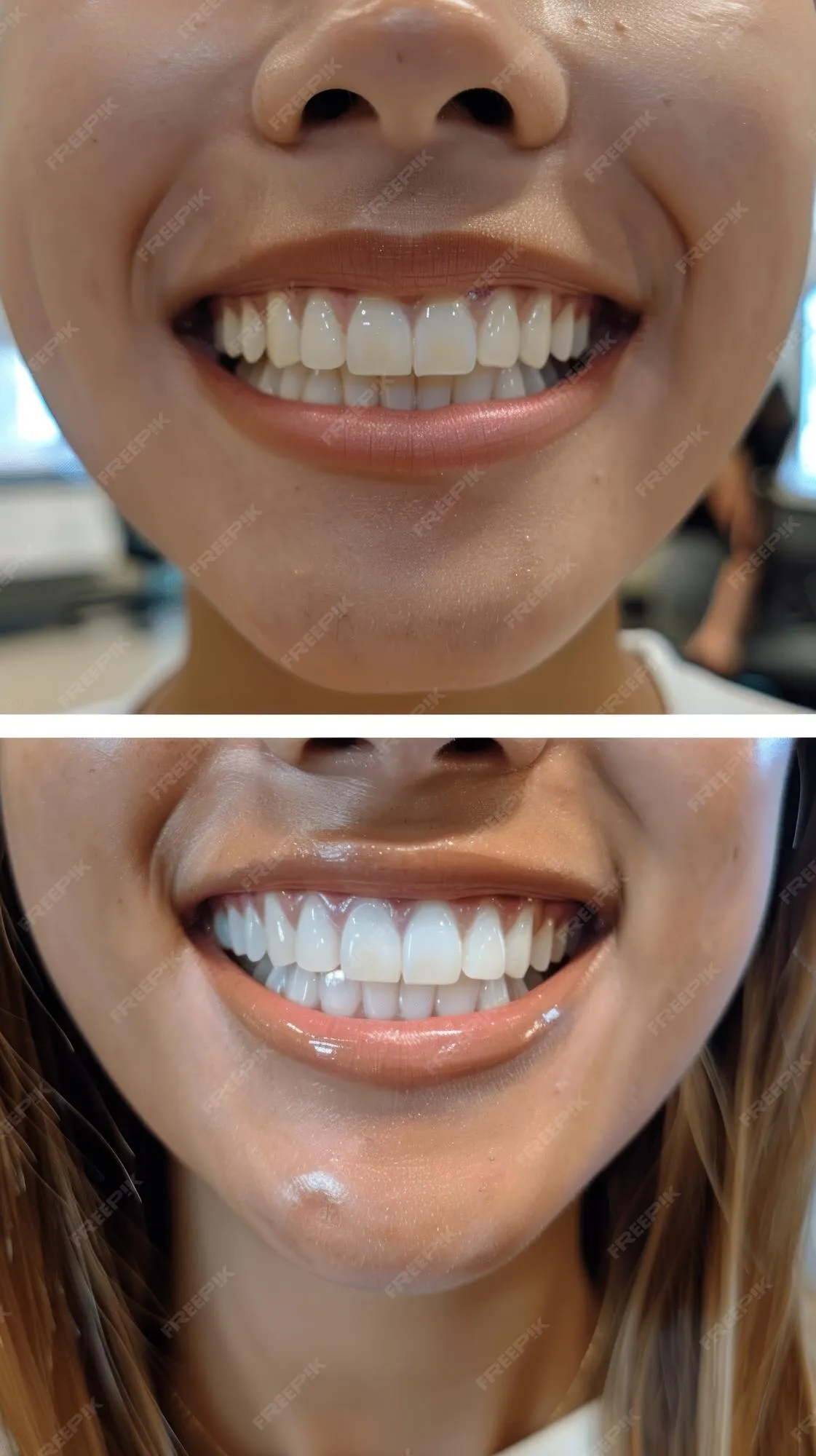Understanding Smile Whitening: The Basics
A bright, white smile can significantly boost your confidence and overall appearance. Smile whitening, a popular cosmetic dental procedure, is designed to lighten the color of your teeth and remove stains and discoloration. This article delves into the world of smile whitening, exploring the different methods available, the results you can expect, and essential factors to consider before undergoing treatment. Whether you’re looking to reverse years of staining or simply enhance your natural smile, understanding the basics is the first step towards achieving your desired results. A radiant smile is within reach, and the journey starts with knowledge.
What is Smile Whitening
Smile whitening, also known as teeth whitening, is a cosmetic dental procedure aimed at lightening the shade of your teeth. It involves using bleaching agents, such as hydrogen peroxide or carbamide peroxide, to break down stain molecules within the tooth enamel. This process effectively removes discoloration caused by various factors, including aging, food and drink consumption (coffee, tea, red wine), smoking, and certain medications. The goal is to achieve a brighter, more aesthetically pleasing smile. There are two main categories of whitening treatments professional and at-home, each with its own set of advantages and suitability depending on the individual’s needs and preferences. The overall process is safe and effective when performed under the guidance of a dental professional.
Types of Smile Whitening Treatments

Several smile whitening treatments are available, offering flexibility based on your preferences and budget. Professional in-office whitening provides immediate results under the supervision of a dentist. At-home whitening kits, on the other hand, offer a more gradual approach and greater convenience. Understanding these options will help you make an informed decision. The best option will depend on your specific needs, the degree of staining, and your desired level of whitening. Consulting with a dentist is crucial to determine the most suitable approach for your unique situation and ensure optimal results while prioritizing your oral health.
Professional In-Office Whitening
Professional in-office whitening offers the most dramatic and immediate results. This procedure is performed by a dentist in a controlled environment, ensuring safety and effectiveness. It typically involves a higher concentration of bleaching agents than at-home kits, accelerating the whitening process. The dentist will first protect your gums and soft tissues before applying the whitening solution to your teeth. A special light or laser may be used to enhance the bleaching effect. This procedure can often lighten your teeth several shades in a single session, making it an excellent option for those seeking rapid and significant improvements. The whole process is quick, usually taking between one and two hours, depending on the chosen method and the desired level of whitening.

At-Home Whitening Kits
At-home whitening kits provide a convenient and cost-effective way to whiten your teeth gradually. These kits typically include custom-fitted trays filled with a lower concentration of bleaching agents. You wear the trays for a specified amount of time each day or night, depending on the product. While at-home kits take longer to produce results than in-office treatments, they offer greater flexibility, allowing you to whiten your teeth on your schedule. It is crucial to follow the instructions provided by your dentist or the product manufacturer to ensure safety and effectiveness. Overuse or misuse can lead to tooth sensitivity or gum irritation. Your dentist can provide guidance on the best at-home whitening kit for your needs and monitor your progress.

Smile Whitening Before & After Results: Top 5
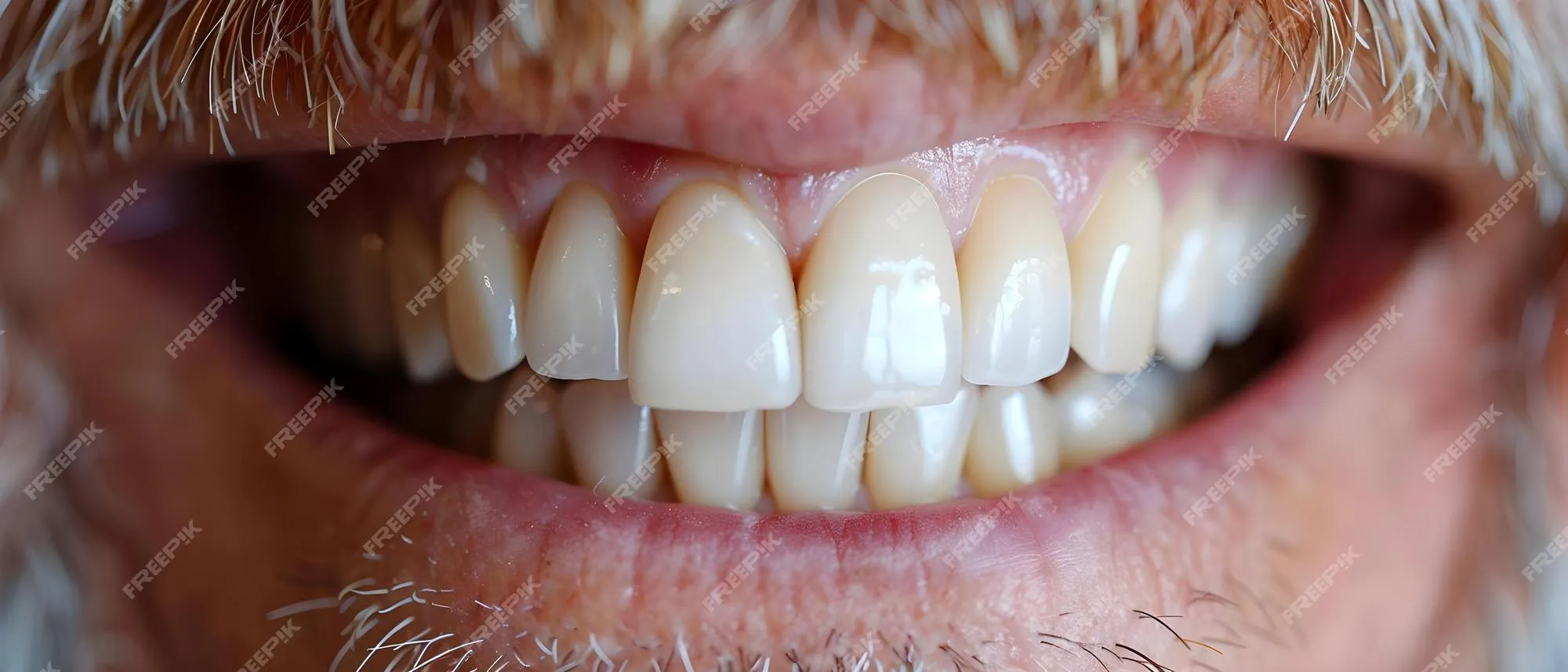
The results of smile whitening can be transformative, boosting your confidence and enhancing your overall appearance. However, it is important to have realistic expectations, as individual results may vary depending on the type of treatment, the severity of staining, and the individual’s natural tooth color. The following examples show the possibilities. The images show the potential of smile whitening, demonstrating the remarkable impact it can have on your smile and self-esteem. Remember that your dentist can provide a personalized assessment and guide you toward the best treatment to achieve your desired results.
Result 1 Amazing Transformation
Significant yellowing of the teeth, likely caused by years of coffee consumption and smoking, was dramatically reversed with professional in-office whitening. The after image showcases a significantly brighter and more youthful smile, with an even tone and color distribution. The patient’s self-confidence visibly increased.

Result 2 Noticeable Change
Mild staining from tea and aging was effectively addressed using a combination of at-home whitening and professional touch-ups. The before image shows subtle discoloration, while the after image reveals a noticeably brighter and more radiant smile. This illustrates how even mild staining can be improved with the correct approach.

Result 3 Significant Improvement
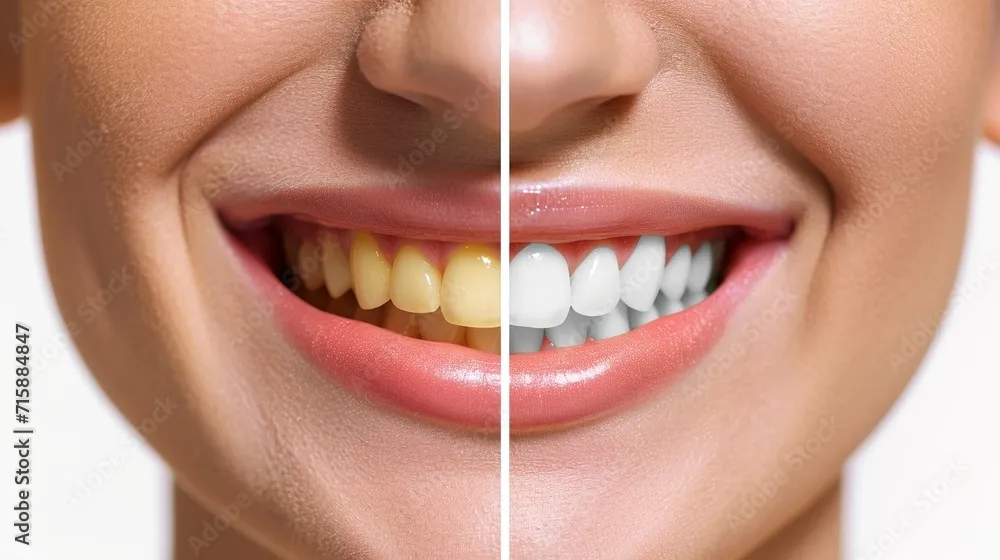
This case shows the impact on stains from medications. The before image depicts deeper internal discoloration. With consistent treatment, the teeth became noticeably brighter. The final result shows a significantly enhanced smile, proving the effectiveness of professional whitening even on difficult cases.

Result 4 Incredible Difference
Incredible transformation from years of accumulated staining. The after image shows a dramatic difference in brightness and overall appeal, significantly enhancing the patient’s smile and confidence. In-office whitening gave the best result.

Result 5 Stunning Outcome
This image showcases the potential of smile whitening to restore a youthful and vibrant appearance. The after image displays a significantly brighter and more aesthetically pleasing smile. The patient’s enhanced self-esteem is palpable.

Factors Influencing Smile Whitening Results
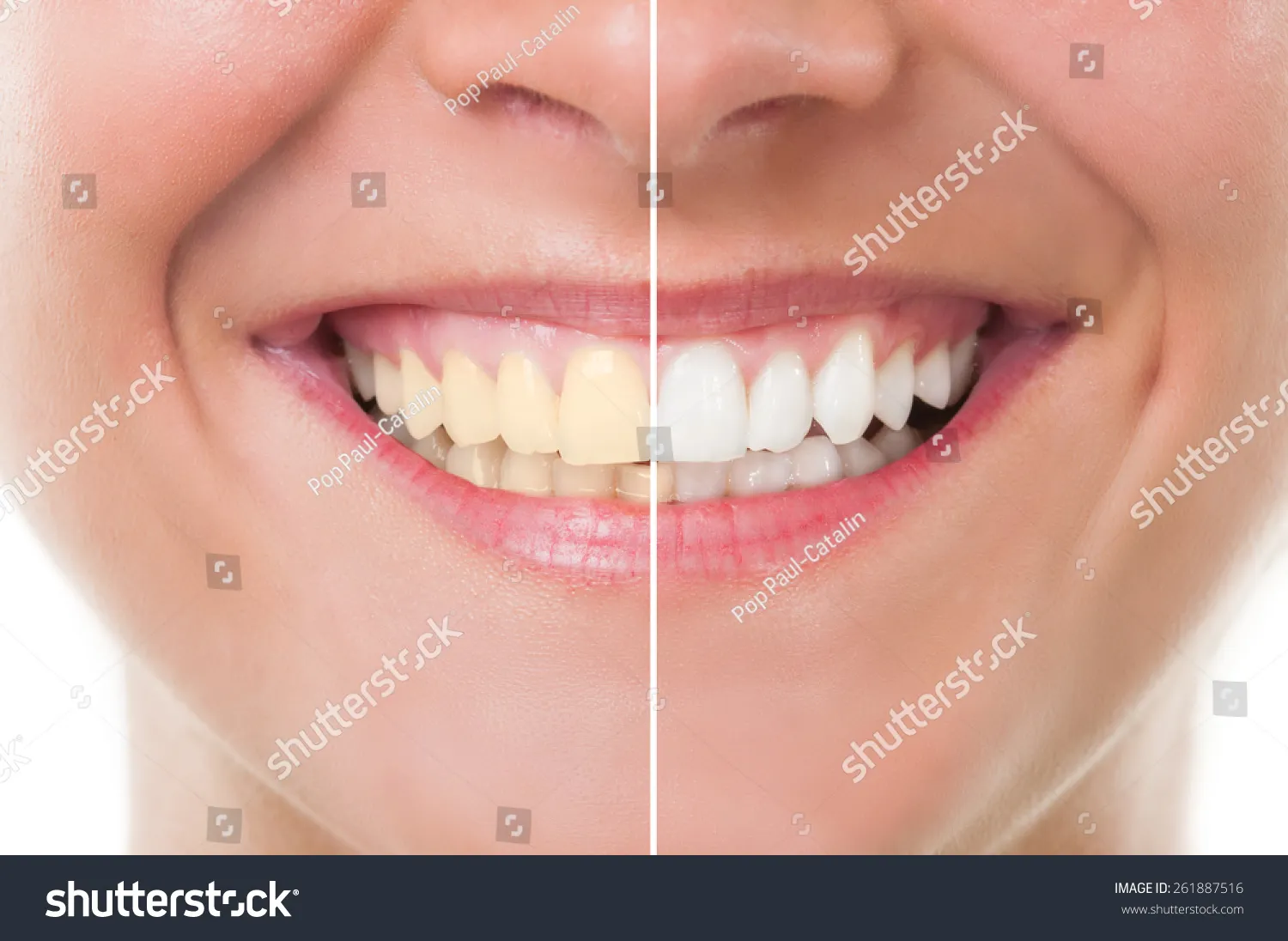
Several factors influence the effectiveness and longevity of smile whitening results. Understanding these elements can help you manage your expectations and maximize the benefits of your treatment. Various aspects of your lifestyle and oral care routine play a significant role in how your teeth respond to whitening and how long the results last. You can make informed decisions about your treatment and care. Working with your dentist is essential to identify these factors and develop strategies to achieve and maintain a bright, healthy smile.
Oral Hygiene Habits
Good oral hygiene is essential for maintaining a white smile. Brushing your teeth at least twice a day with a whitening toothpaste helps remove surface stains. Flossing daily removes plaque and bacteria from between your teeth, preventing build-up and discoloration. Regular dental check-ups and cleanings are also crucial. Your dentist can remove stubborn stains and provide professional advice on maintaining your oral health. Consistent oral hygiene practices are the cornerstone of a bright and healthy smile. The best results are always achieved when combined with smile whitening treatments.
Dietary Choices
Your diet plays a significant role in maintaining the results of smile whitening. Certain foods and drinks can stain your teeth, undoing the effects of your treatment. Coffee, tea, red wine, and dark-colored sodas are notorious for causing discoloration. Foods like berries, soy sauce, and curries can also contribute to staining. Limiting your consumption of these items is advisable. Rinsing your mouth with water after consuming staining foods and drinks can help minimize their impact. A balanced diet that is rich in fruits and vegetables is beneficial for overall oral health, contributes to a naturally whiter smile.
Lifestyle Factors
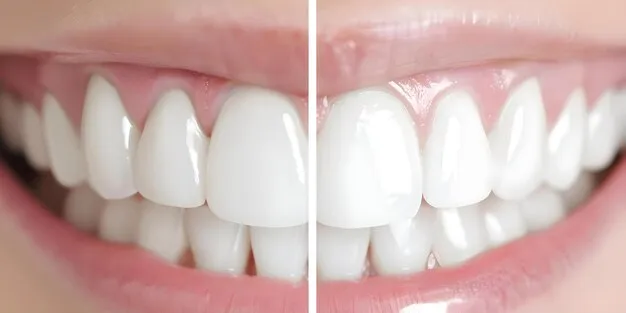
Lifestyle factors can impact the longevity of your smile whitening results. Smoking and tobacco use are major contributors to teeth staining. Quitting smoking is one of the best things you can do for your oral health and the appearance of your smile. Excessive alcohol consumption can also lead to staining and discoloration. Maintaining good oral hygiene and regular dental check-ups, you can extend the benefits of your whitening treatment. Making informed choices and adopting a healthy lifestyle will ensure your bright smile endures.
Maintaining Your White Smile
Maintaining a white smile requires a proactive approach, including post-whitening care and regular dental visits. The investment in smile whitening can last for years with the right strategies. Following these recommendations, you can preserve your bright, confident smile. Regular attention and care are key to long-term success.
Post-Whitening Care Tips
After undergoing smile whitening, it’s important to follow your dentist’s post-treatment instructions. Avoid consuming staining foods and drinks for at least the first 24-48 hours. Use a whitening toothpaste to help maintain the brightness of your teeth. Consider using a straw for beverages to minimize contact with your teeth. If you experience any sensitivity, use a toothpaste designed for sensitive teeth. Regular dental cleanings can help remove surface stains and keep your smile looking its best. The key is to be mindful of what you eat and drink, as well as maintaining a diligent oral hygiene routine.
Regular Dental Check-ups
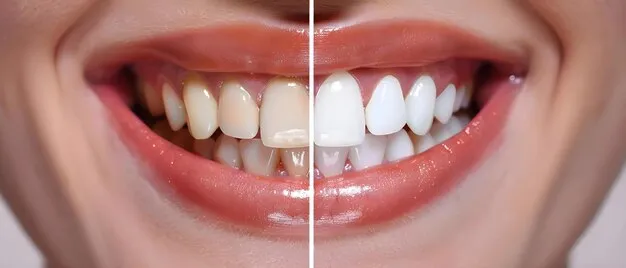
Regular dental check-ups are essential for maintaining your white smile. Your dentist can assess the condition of your teeth, identify any new stains, and provide professional cleanings to remove them. They can also recommend touch-up whitening treatments if needed. Routine check-ups help prevent dental problems and maintain your overall oral health. Schedule check-ups every six months, or as recommended by your dentist. Your dentist will tailor a care plan to maintain your bright, healthy smile.
Common Questions about Smile Whitening
If you are considering smile whitening, you likely have questions. Understanding these common concerns will help you make an informed decision. Your dentist is the best resource for personalized advice and information. With these answers, you can confidently pursue the smile of your dreams. It’s always best to seek the advice of a dental professional who can address your specific needs and concerns.
Is Smile Whitening Safe?
Smile whitening is generally safe when performed under the supervision of a dentist or following the product instructions carefully. Professional treatments are conducted in a controlled environment. At-home kits should be used as directed to minimize the risk of side effects. Some people may experience temporary tooth sensitivity or gum irritation. These side effects are usually mild and resolve quickly. Always consult with your dentist before undergoing any whitening treatment to ensure it is safe for your individual needs.
How Long Does Smile Whitening Last?
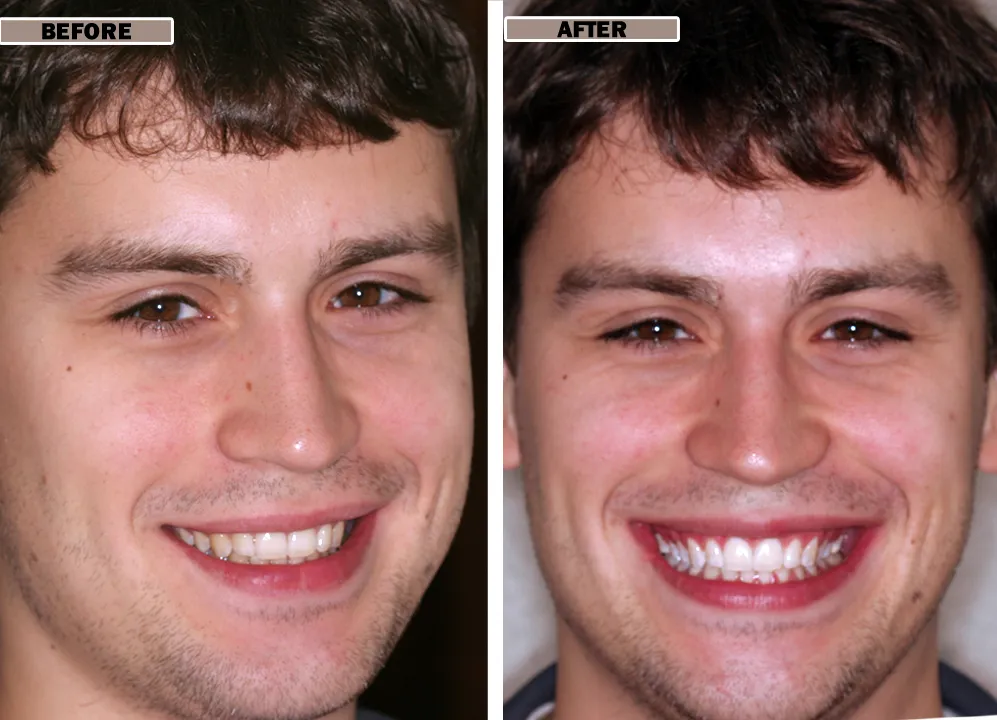
The longevity of smile whitening results varies depending on the type of treatment, your oral hygiene habits, and your lifestyle. Professional whitening treatments can last from several months to a few years. At-home whitening kits may require more frequent touch-ups. Good oral hygiene, a balanced diet, and avoiding smoking can help prolong your results. Regular dental check-ups and cleanings can also help maintain your bright smile. With proper care, you can enjoy a whiter smile for an extended period.
Cost of Smile Whitening Treatments
The cost of smile whitening treatments varies depending on the type of treatment and the location. In-office whitening is typically more expensive than at-home kits. The price is based on the specific needs of the patient. At-home kits are generally more affordable, but may require more time and commitment. Consult with your dentist for a personalized treatment plan and cost estimate. Many dental insurance plans do not cover cosmetic procedures like smile whitening. Ensure you understand all associated costs before starting any treatment.
